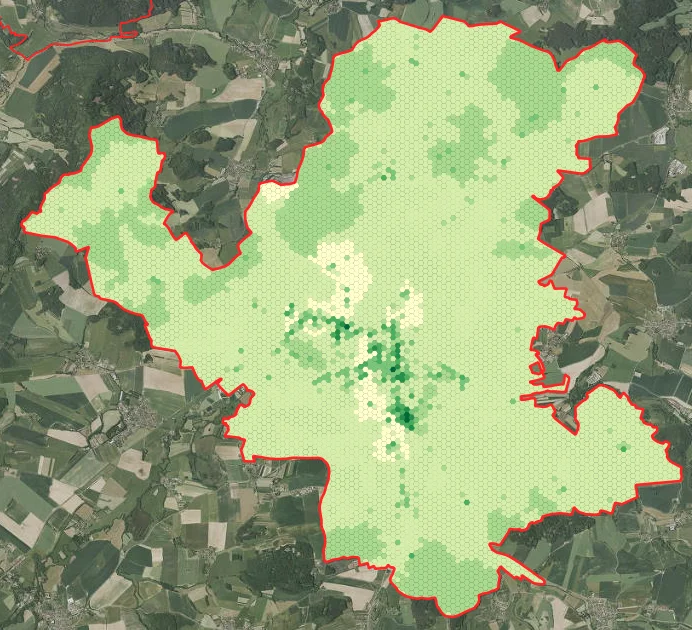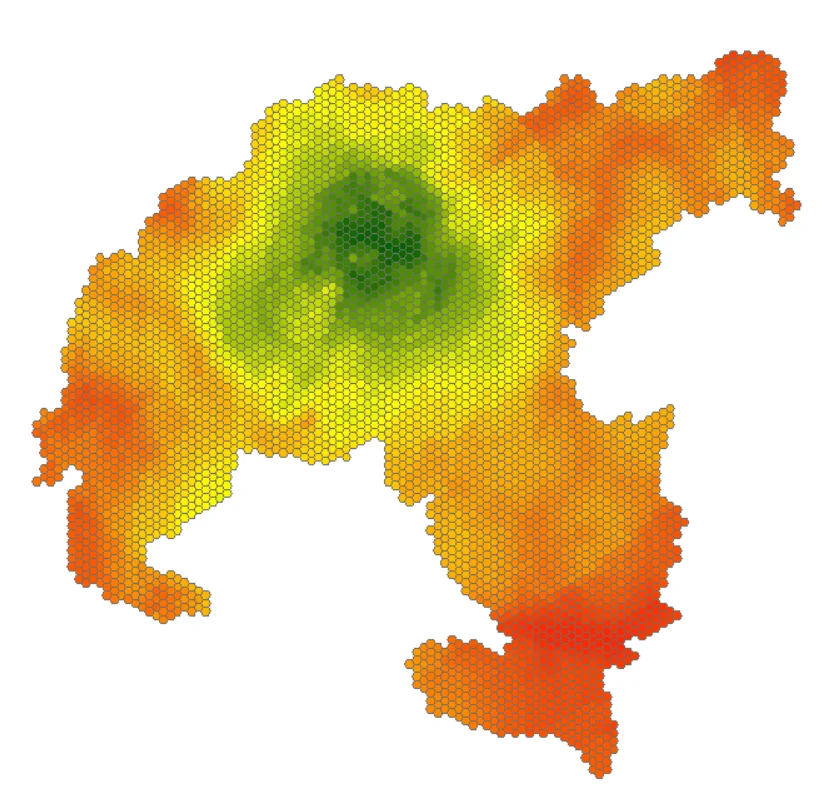The attractiveness of territorial units (territorial attractiveness) is described as the diversity and complexity of many interrelated factors such as economic attributes (e.g. foreign investment), culture or tourism, innovation, social needs or population status. The definition and understanding of spatial attractiveness are highly dependent on the area used.
The main issue of local attractiveness lies in the possibility of adapting the data. The attractiveness of regions is based on official statistical data. However, such data are usually not available at the level of mini-municipalities. Therefore, it is necessary to find local datasets. There are several approaches to finding local data: OpenStreetMap, open datasets (e.g. CORINE Land Cover, Urban Atlas, Open Land Use describing land cover and land use) or local surveys. It is essential to be aware of the risks (e.g. reliability or timeliness) of using this data type. Local attractiveness is not constructed in administrative regions, but we use a regular grid. The evaluation of attractiveness consists of adding components are increasing or decrease the attractiveness of each grid field.


